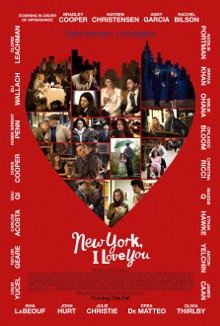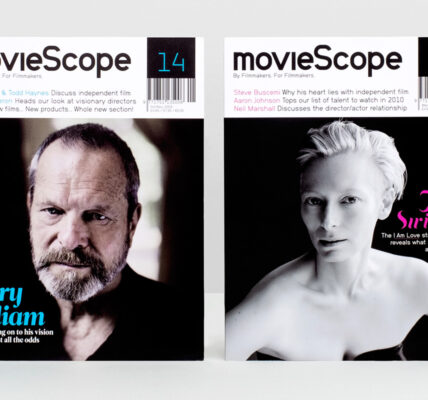Director: Joe Wright Screenplay: Tom Stoppard, from the novel by Leo Tolstoy Stars: Keira Knightley, Jude Law, Aaron Taylor-Johnson
Classic literature has been prime fodder for filmmakers from the earliest days of cinema, adaptations of great novels thrilling audiences decades before the invention of CGI and 3D, countless directors attempting – successfully or otherwise – to breathe life into millions of pages of static prose.
That many hardy souls have seen fit to take on Leo Tolstoy’s Russian opus Anna Karenina over the years—including Clarence Brown (1935), Julien Devivier (1948), Aleksandr Zarkhi (1967) and Bernard Rose (1997)—speaks not only to the enduring popularity of the novel but also the sweeping cinematic qualities inherent in this tale of a doomed love affair set amongst the tightly bound upper classes of late 19th century Russia.
Whatever you may think of Keira Knightley, there is no doubt that Anna Karenina is a role she was born to play. Anna’s journey from upstanding wife (to Law’s Alexei Karenin) and mother to wanton, sexual creature to unravelled social outcast is the backbone of the novel, and Knightley’s inherent melodramatic tendencies—all heaving bosom and wistful stare—are well-suited to this tragic heroine.
Aaron Taylor-Johnson, too, is solid as Anna’s paramour Count Vronsky, cutting a striking figure in his regimental whites and golden curls, his relaxed charm—and his beauty—the polar opposite of Law’s buttoned up, uptight moral soapboxing. You can well see why Anna would have her head turned. Most importantly, the chemistry between the lovers is palpable; they may have eyes only for each other, but their passion consumes everything in its path.
Yet, despite the obvious charms of its cast, which also notably include Kelly Macdonald as Anna’s put-upon sister-in-law Dolly and Alicia Vikander as Anna’s love rival Kitty, the film’s true beauty lies in its staging and, by direct extension, its opulent production design and glorious costumes.
Joe Wright has chosen to set this adaptation in and around a theatre; all aspects of the building itself are utilised as locations—the bright stage may be Anna’s home for one scene or a bustling cafe for the next, while the upper, darker regions of the theatre, the rigging and eaves, become dank backstreets, a place where the masses throng far removed from the upper classes below. The sets are, therefore, necessarily minimalist, but are undeniably beautiful and incredibly effective; particularly so in the bustling train station sequences.
The decision to shoot the film in such a way serves several purposes. It’s undoubtedly aesthetic; the film looks stunning, as the characters and sets perform a vivid, fluid ballet. The staging effectively brings home the social themes at the heart of the story; the claustrophobic confines of the theatre housing the shadowy inner-working of society, the occasional contrasting cuts to expansive country landscapes underlying the oppressiveness of a life under scrutiny.
It is also entirely practical to shoot in such way. It would be virtually impossible for any screenwriter, even one as talented as Tom Stoppard, to condense Tolstoy’s tome into a feature running time, and this set up helps hugely in the transition from page to screen. A staccato movement from scene to scene, in the theatrical tradition, fits the abridged version of the story on display here; a more fluid narrative would perhaps have made omissions and story compromises far more apparent.
Of course, there will be those who bemoan all the necessary trimming of Tolstoy’s prose, and it’s likely true that a truly faithful adaptation would work only in mini-series, not as a single feature. But while this version of Anna Karenina may choose to reveal itself through stunning visuals and imaginative staging, rather than dry adherence to the text, it’s no less powerful for that.










